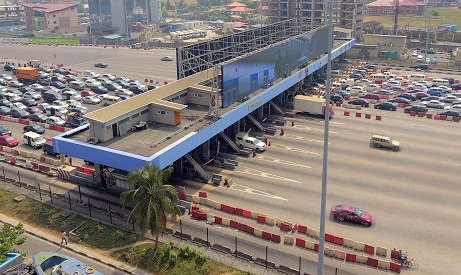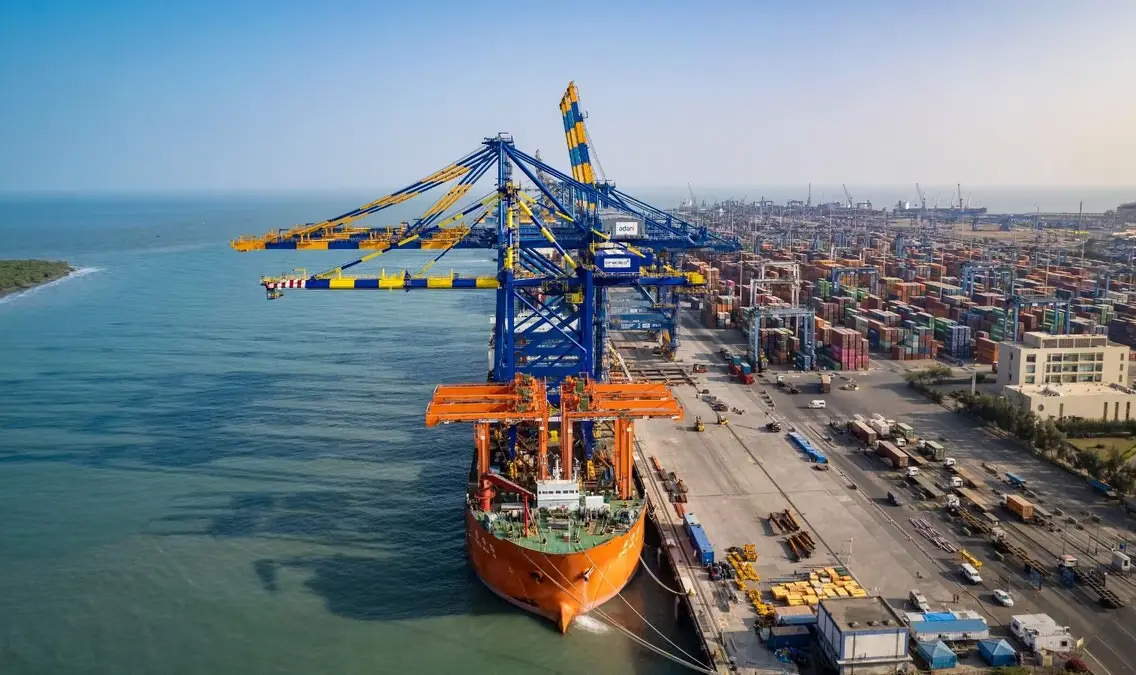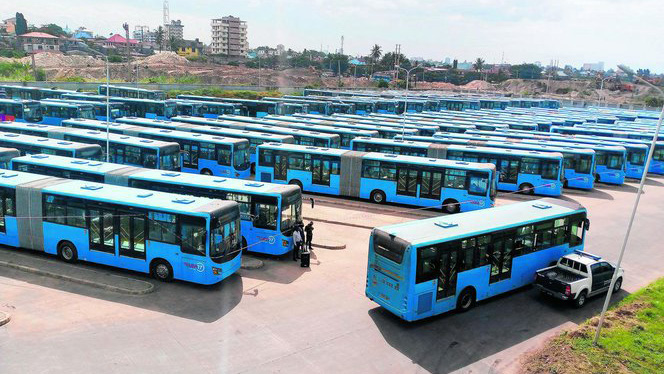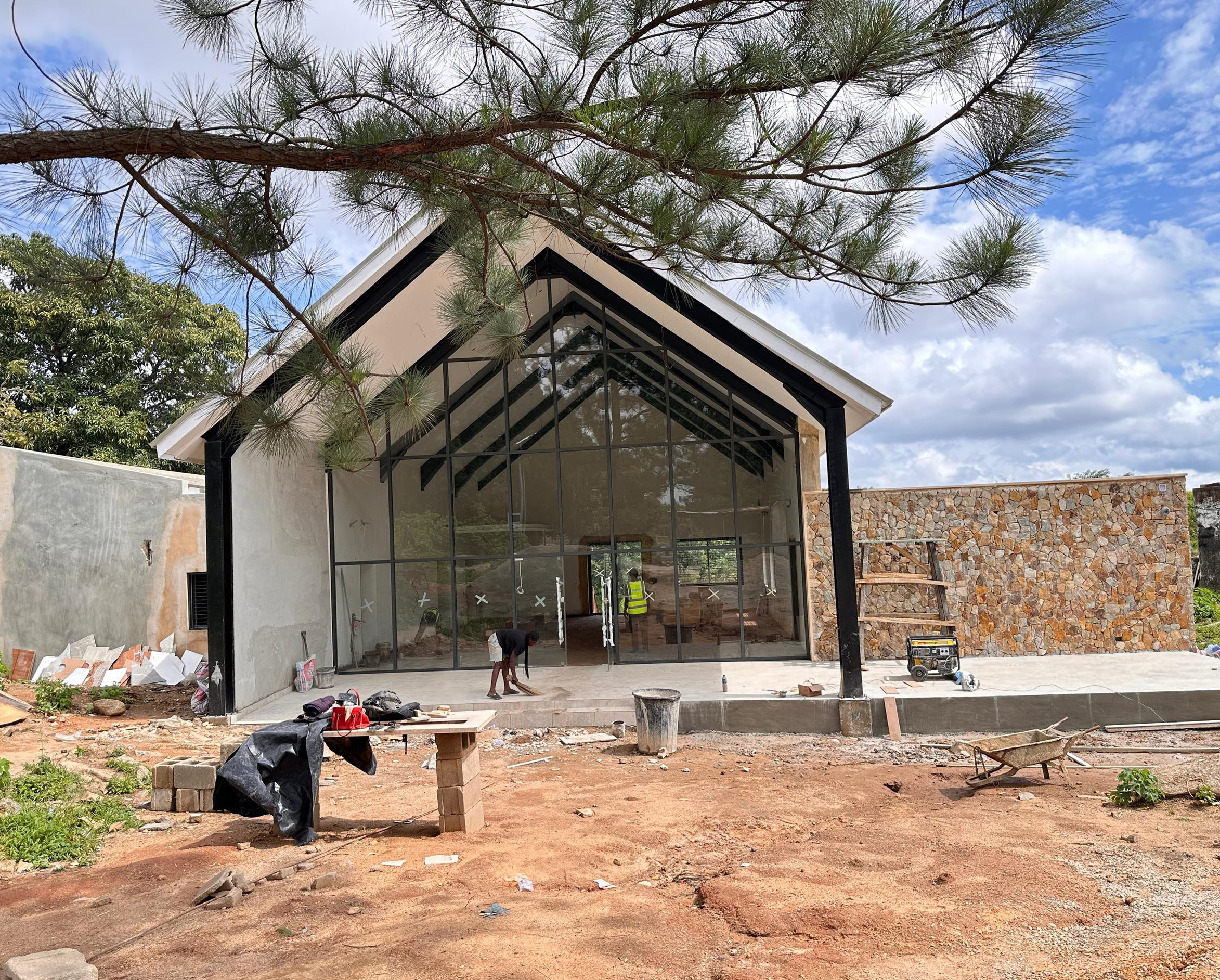Introduction
According to the World Economic Forum, infrastructure gaps remain one of the most persistent barriers to economic growth, human development, and competitiveness across continents¹. Despite the dire need, global infrastructure gaps are steadily rising, with the Global Solutions Initiative estimating the total shortfall at $3.7 trillion².

In Africa, the African Development Bank estimates the annual infrastructure financing gap at between $68–$108 billion, with current investments covering barely half of the need. In Asia, the Asian Development Bank projects a shortfall of $1.7 trillion annually through 2030, while Latin America faces an annual gap of $150 billion.
These shortfalls aren’t just numbers but translate directly into human indices: inadequate roads isolate communities from healthcare and markets, unreliable electricity hampers education and small business growth, and insufficient water systems contribute to preventable diseases. The World Bank estimates that infrastructure deficiencies shave up to 2% off Africa’s annual GDP growth and lower productivity across all sectors.
This alarming figure underscores a growing concern about governments’ capacity to meet the demands of rapid urbanization and population growth. With competing priorities— public health, education, debt servicing—few can commit the trillions needed without jeopardizing macroeconomic stability. As the human cost grows, manifesting in higher unemployment, declining life expectancy in underserved regions, and widening inequality, governments are embracing innovative approaches to mitigate these shortfalls. One of the most strategic solutions is Public-Private Partnerships (PPPs), collaborative frameworks designed to bridge infrastructure gaps while reducing the burden on public budgets.
According to the World Bank, PPPs have supported over 1,500 infrastructure projects in low- and middle-income countries since 2002, representing more than $540 billion in investment. These projects span vital sectors including transportation, energy, healthcare, water, and education, driving job creation, expanding service access, and fueling economic growth.
A Historical Perspective: Partnerships Before They Were “PPPs”
The idea of leveraging private capital and expertise for public needs predates the formal term “PPP”; Ancient Rome contracted publicani to collect taxes and build roads. Medieval European monarchs granted merchant guilds toll rights in exchange for bridge construction and in colonial times, trading companies built ports and railways alongside governments.
The first widely recognized modern PPP emerged in the 1980s when the UK launched the Private Finance Initiative (PFI), inviting private firms to finance, build, and operate public assets such as hospitals and schools. This model inspired adoption across the globe, adapting to diverse infrastructure needs from toll roads in Latin America to renewable energy farms in Asia.
PPPs bring together the efficiency, innovation, and capital of the private sector with the public mandate and reach of government. The result can be accelerated infrastructure delivery without immediate fiscal strain on the state. Yet, despite their promise, PPPs often fall short when one critical layer is neglected: consultation with local communities as vital stakeholders.

Beyond Bricks and Mortar: Why Community Engagement Determines PPP Success in Africa
Across Africa, public-private partnerships (PPPs) have become a powerful tool to bridge infrastructure gaps, modernize public services, and accelerate economic development. From toll roads to energy projects, these collaborations promise efficiency, innovation, and capital infusion from the private sector. Yet, beneath the polished launch ceremonies and ribbon cuttings, the fate of many PPPs hinges on a less tangible but far more decisive factor — community engagement.
When local communities are excluded from the conversation, even the most technically sound projects can spiral into resistance, protests, or political reversals. Without trust, a PPP’s “public” component becomes fragile.
The Cost of Neglecting Communities
Lekki-Epe Expressway Toll, Nigeria: Conceived to modernize a major traffic corridor, the project faced intense backlash over toll fees. Commuters felt excluded from decision-making, and disputes escalated to legal battles. Eventually, the government had to buy back the project, erasing much of the intended value. The infrastructure stood, but the partnership faltered, not due to technical failure, but because community trust was never firmly built.


Port of Maputo PPP, Mozambique: The PPP boosted cargo throughput from 4.5 million tonnes in 2003 to over 22 million tonnes by 2020, attracting private investment. Yet local fishing communities reported reduced fishing grounds and stricter access controls without adequate consultation. A 2018 World Bank assessment noted that resentment and protests slowed expansions and undermined trust.
Dar es Salaam BRT, Tanzania: Launched in 2016, the system cut travel times by over 50% and attracted 160,000 daily passengers. But informal transport operators excluded from planning lost livelihoods, sparking protests and delays. A 2019 ITDP study highlighted the consequences of neglecting stakeholder integration¹⁰.

Success Factors for Future PPPs
Drawing from global and local experiences, successful PPPs typically share:
Well-defined roles, responsibilities, and dispute-resolution mechanisms.
Allocating risk to the party best able to manage it.
Grounding projects in realistic financial and social projections.
Building trust through consistent stakeholder engagement.
Incentives tied to service delivery standards.
The Strom Approach to PPP’s: The Hill Station Resort
At Strom Infrastructure Investment & Management Company, PPPs are partnership philosophies shaped by our 5Ps:

Our 5Ps in Action: The Hill Station Transformation
In 2024, Strom Infraco, in partnership with the Plateau State Government, undertook the revitalization of the Hill Station Hotel in Jos. Once a premier hospitality and tourism destination, Hill Station stood as a legacy asset of Nigeria’s tourism heritage, drawing visitors from across the country and beyond. Over time, however, years of underinvestment, outdated infrastructure, and dwindling revenues pushed the landmark into decline and near obscurity.

Recognizing its strategic importance, the state sought to restore Hill Station as a cornerstone of Plateau’s hospitality sector. With limited public funds, a PPP model emerged as the most viable pathway forward. Strom’s intervention went beyond simply financing a renovation; it reimagined Hill Station as a vehicle for community renewal and inclusive growth.
Former staff were re-engaged as consultants, local artisans were contracted, and community voices were integrated into every stage of design and execution. Even in its early stages, the project has already touched over 2,000 lives—from food vendors and transport operators to service providers—while, upon completion, it is poised to boost Plateau’s GDP through tourism, attracting visitors and stimulating broader economic activity across the region.
The Hill Station transformation is however not an isolated case but is a demonstration of the 5Ps in action.
The Hill Station restoration transcended more than infrastructure delivery: it became a living demonstration of how PPPs, when guided by the right principles, can deliver social, economic, and environmental value in equal measure.
The Road Ahead for Collaboration in Nigeria
The most recent Infrascope Index (2023/24), produced by Economist Impact with World Bank support, places Nigeria below the global average in PPP readiness highlighting persistent gaps in project preparation, institutional depth, and regulatory consistency. This ranking reflects a structural challenge: Nigeria must spend an estimated US$100 billion annually over the next decade to close its infrastructure gap, yet public budgets currently fall far short.
And yet, beneath these constraints lies a story of momentum. The Infrastructure Concession Regulatory Commission (ICRC) reports that Nigeria has closed over 80 PPP projects worth US$20 billion in the past decade, spanning transport, energy, and social infrastructure. The pipeline continues to expand, pointing to an undeniable truth: Nigeria is not an outlier but a frontier where partnerships are being redefined.
Globally, emerging economies offer instructive contrasts. South Africa’s Renewable Energy IPP Procurement Programme has attracted more than US$20 billion in private investment, cementing its status as Africa’s most mature PPP market. India, with one of the world’s largest PPP frameworks, has mobilized billions into highways, airports, and power by creating state-level PPP cells and clear risk-allocation mechanisms.
Nigeria is charting its own path. Unlike South Africa, where institutions are entrenched, or India, where risk frameworks are standardized, Nigeria is building partnerships in real time. This allows for innovation — particularly in embedding community benefit as a central measure of success.
The revitalization of the Hill Station Hotel exemplifies this. By involving community stakeholders directly in design and implementation, the project delivered more than infrastructure: it created trust, resilience, and shared prosperity. The lesson is clear: projects succeed when communities are not bystanders but partners.
Africa’s infrastructure needs are projected to exceed US$3 trillion by 2050. If Nigeria succeeds in aligning private capital with public purpose, it can evolve into the continent’s next PPP hub, an outcome with profound implications for investors, development finance institutions, and governments alike. For global stakeholders seeking long-term, impact-driven opportunities, Nigeria represents both challenge and frontier.
Our Perspective
At Strom Infrastructure Investment & Management Company, we view PPPs through three lenses: capital efficiency, community equity, and continuity. Stakeholder engagement is not a compliance step but a cornerstone of execution. The Hill Station project stands as a proof point of this philosophy, capturing our 5P – philosophy where people are integral to the infrastructure projects driven by Strom to yield socioeconomic benefits for Africa’s prosperity.
This article examines PPP from a lens beyond alleviating fiscal burdens to include direct impact to local communities. It discloses the importance of embracing communities and impact as the core of PPP, emphasizing case studies where this failed to happen and colossal fallback and examines the Strom 5Ps as a strategic approach for PPPs.
